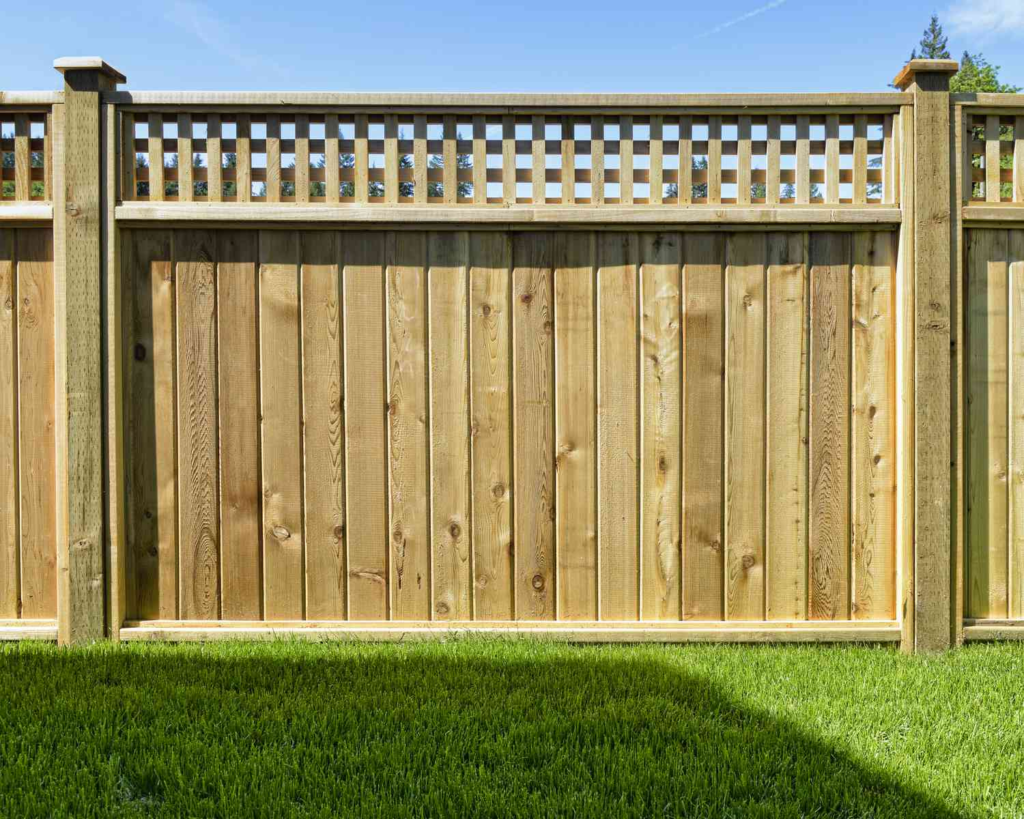
Living in a bustling city like Leeds comes with numerous benefits, but it also means dealing with the constant noise pollution that accompanies urban living. Fortunately, there are effective solutions to mitigate noise disturbances, and one of the most practical and aesthetically pleasing options is installing a noise-reducing fence. In this comprehensive guide, we will explore various Leeds fencing solutions specifically designed to reduce noise levels in Leeds. From understanding the science behind noise reduction to choosing the right materials and installation techniques, this article will equip you with the knowledge to create a tranquil oasis amidst the urban clamour.
Understanding Noise and Sound Transmission
The Science of Noise
To effectively combat noise, it’s essential to understand its nature. Noise is essentially unwanted sound that can be intrusive and disruptive. It can originate from road traffic, construction, neighbours, or other urban activities. Sound travels through vibrations, and reducing noise involves minimizing those vibrations or blocking their path.
Decibel Levels and Regulations
Decibels (dB) measure the intensity of sound. In Leeds, there may be regulations in place to define acceptable noise levels. Familiarize yourself with these regulations to ensure compliance when selecting and installing a noise-reducing fence.
Sound Transmission Class (STC)
Sound Transmission Class (STC) is a rating system that measures the sound insulation performance of materials. The higher the STC rating, the better the material is at blocking sound. Understanding STC ratings will help you choose the appropriate fencing materials for effective noise reduction.
Choosing the Right Fencing Materials
Solid Wood Fences
Solid wood fences, such as cedar or redwood, provide a natural barrier that absorbs and blocks sound waves. Choose thick, dense wood panels and ensure they fit tightly together to maximize noise reduction.
Composite Fences
Composite fences combine wood fibres with plastic polymers, resulting in a durable and low-maintenance fencing option. These fences offer excellent noise reduction capabilities while being resistant to rot, insects, and warping.
Vinyl Fences
Vinyl fences are another popular choice for noise reduction. They are known for their durability, easy maintenance, and ability to block sound effectively. Choose thicker vinyl panels for improved noise reduction.
Masonry Walls
For maximum noise reduction, masonry walls made of brick or concrete are highly effective. These walls provide substantial mass and density, effectively blocking sound transmission. However, they may require professional installation and can be more costly.
Additional Noise-Reducing Features
Height and Width Considerations
The height and width of your fence are important factors in noise reduction. Taller fences provide greater sound blockage, while wider fences create a larger barrier. Consider the noise sources and desired level of reduction when determining the appropriate dimensions for your fence.
Solid vs. Slatted Fences
Solid fences offer better noise reduction than slatted fences. The solid surface absorbs and reflects sound waves, whereas slatted fences allow some sound to pass through. If privacy is not a primary concern, slatted fences with reduced spacing between the slats can still provide effective noise reduction.
Acoustic Barriers
Acoustic barriers are specialized materials designed specifically for noise reduction. These barriers can be integrated into your fence structure to enhance sound insulation. They can be installed behind the fence panels or incorporated within the fence construction.
Vegetation as Sound Absorbers
Strategically planting dense vegetation along your fence line can act as a natural sound absorber. Trees, shrubs, and thick hedges help to break up sound waves and provide an additional layer of noise reduction.
Proper Installation Techniques
Sealing and Insulation
Ensure proper sealing and insulation of your fence to minimize gaps and openings that could allow sound to pass through. Use weather-resistant sealants, fillers, or gaskets to create a solid barrier.
Ground and Foundation Considerations
To enhance noise reduction, consider installing your fence with a solid foundation. This may include using concrete footings, gravel bases, or sound-absorbing materials beneath the fence line. Proper installation techniques ensure stability and effectiveness in reducing sound transmission.
Professional Installation vs. DIY
While installing a noise-reducing fence can be a DIY project, complex installations or specific material requirements may require professional assistance. Evaluate your skills, time availability, and the complexity of your project to determine whether professional installation is necessary.
By understanding the science behind noise reduction, selecting appropriate fencing materials, incorporating additional noise-reducing features, and implementing proper installation techniques, you can create a peaceful haven in the midst of urban noise. Remember to assess your specific noise sources, desired noise reduction level, and local regulations when choosing and installing your fence. A well-designed noise-reducing fence not only enhances your quality of life but also adds aesthetic appeal to your property. Embrace the tranquillity and enjoy the serenity provided by your intelligently chosen and skilfully installed fence. Fencing company Leeds.

